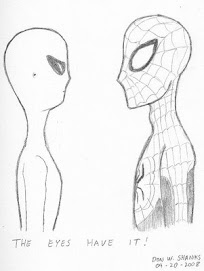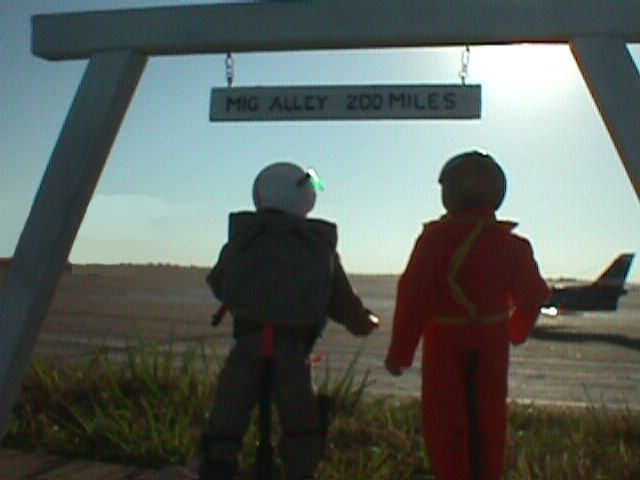
A new paper has been released in the journal Astrobiology about how habitable nearby worlds would be. There are actually two indexes. First one is called: Earth Similarity Index (ESI) and the second one is the Planetary Habitability Index (PHI).
The most habitable alien worlds discovered so far that could harbour extraterrestrial life. Worlds such as Saturn's moon Titan and the exoplanet Gliese 581-g which is 20.5 light-years away in the constellation Libra.
Co-author Dr. Dirk Schulze-Makuch of Washington State University said the following: "The first question is whether Earth-like conditions can be found on other worlds, since we know empirically that those conditions could harbour life. The second question is whether conditions exist on exoplanets that suggest the possibility of other forms of life, whether known to us or not."
The ESI rating comes from several factors such as size, density, and distance from the parent star. The PHI looks at different set of factors like if the world has a rocky or frozen surface, has an atmosphere or a magnetic field. PHI also takes into account chemistry such as if organic compounds are present. And if liquid solvents are available for vital chemical reactions.
Earth Similarity Index (ESI)
Earth - 1.00
Gliese 581g - 0.89
Gliese 581d - 0.74
Gliese 581c - 0.70
Mercury - 0.60Mars - 0.70
HD 69830 d - 0.60
55 Cnc c - 0.56
Moon - 0.56
Gliese 581e - 0.53

The Gliese 581 system has been well studied by astronomers and comprises four or five planets orbiting a red dwarf star. Gliese 581g, Gliese 581d, and Gliese 581c come is first, second, and third, place on the ESI after Earth.
The next exo-planet on the list is HD 69830d. This is a Neptune-size world located in the constellation Puppis because it lies in what is known as the "Goldilocks Zone." This is a area around a parent star where surface temperatures are neither too hot nor too cold for life.
Planetary Habitability Index (PHI)
Titan - 0.64
Mars - 0.59
Europa - 0.49
Gliese 581g - 0.45
Gliese 581d - 0.43
Gliese 581c - 0.41
Jupiter - 0.37
Saturn - 0.37
Venus - 0.37
Enceladus - 0.35
The PHI produced different results with Saturn's moon Titan scoring at the top with a 0.64 followed by Mars (0.59) and Jupiter's moon Europa (0.47) for its subsurface water ocean that is thought to be heated by tidal flexing.
___
Ref.
1. BBC. "Most liveable alien worlds ranked" by ( http://www.bbc.co.uk/news/science-environment-15863549 ).
2. Liebertonline. Astrobiology > A Two-Tiered Approach to Assessing the Habitability of Exoplanets. ( http://www.liebertonline.com/doi/abs/10.1089/ast.2010.0592 ).









+033.jpg)